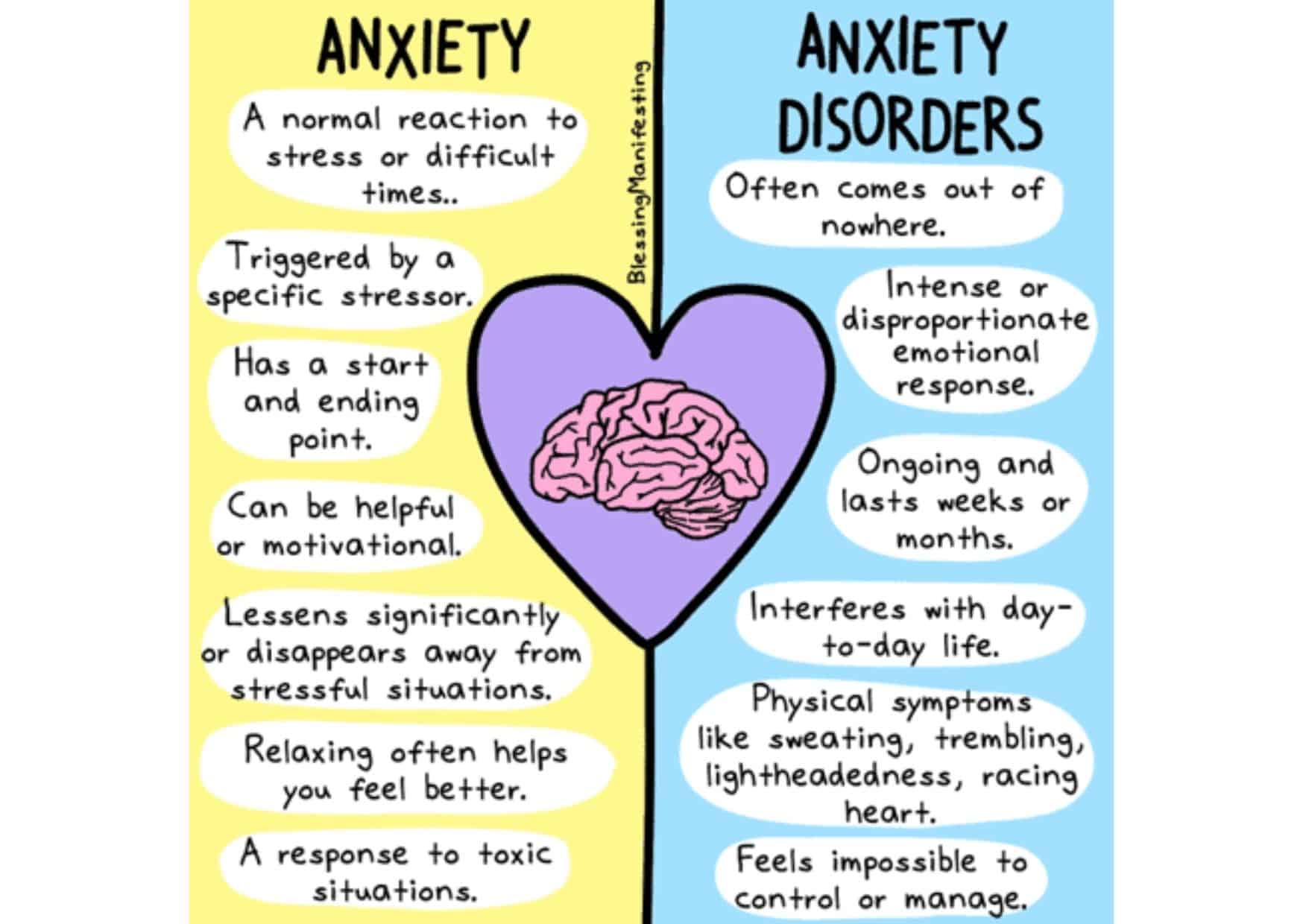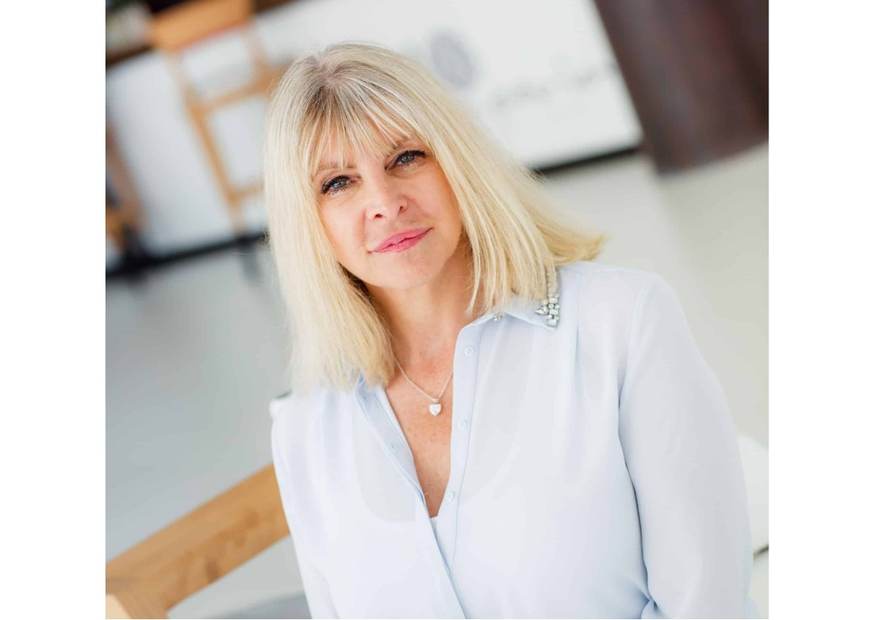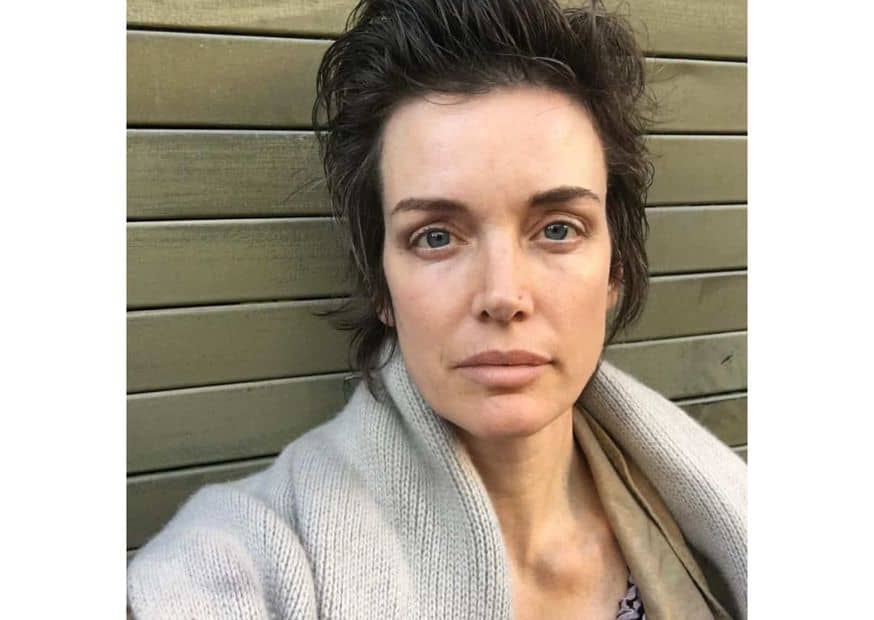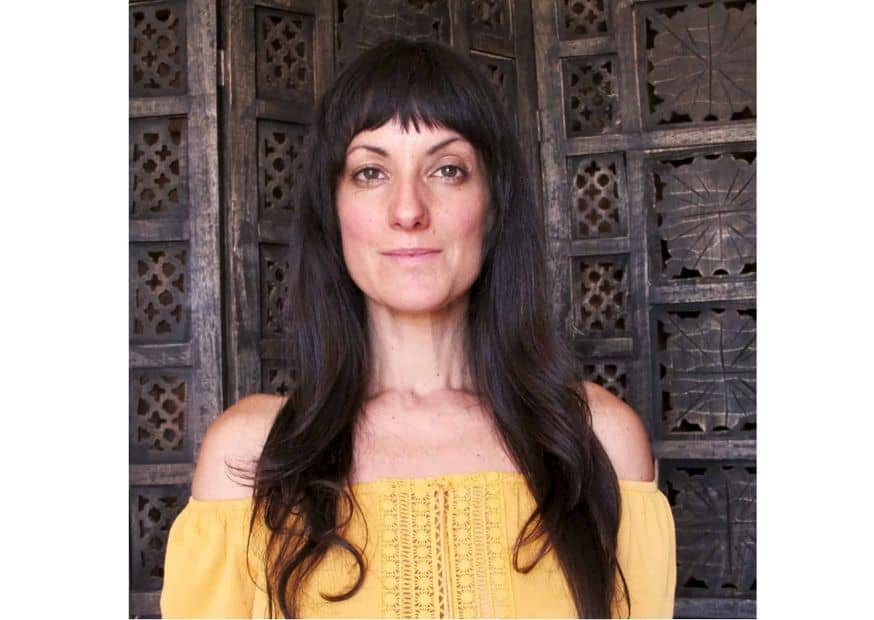Anxiety disorders are the most common mental health challenge we face, affecting 40 million adults in the United States aged 18 and older. In the U.S., 18.1% of the adult population suffers every year and 30% of people will experience anxiety at some point in their lives.[1]
Among kids, anxiety disorders touch 25.1% of children between 13 and 18.[2] During the pandemic, the prevalence of anxiety disorders went up by 25.6 percent worldwide.[3]
Not only is anxiety highly common, but it is also highly treatable. Yet, less than 40% of people seek treatment.[4]
So, if you’re feeling anxious or suffering from anxiety, remember that you are not alone. If you’re wondering how you can overcome anxiety, then read on.
Table of Contents
What Is Anxiety And How To Overcome It?
In this article, I share tips and strategies from mental health professionals alongside real stories and recommendations from those who have experienced and overcome anxiety first-hand.
All of them share one common sentiment: anxiety is common but also treatable.
So, if you’re out there wondering if you can ever get through this and feel like yourself again: yes, you can.
What Is Anxiety?
People use the term “anxiety” to describe everything from a stressful feeling or situation to a severe feeling of anxiety and even anxiety attacks, which can come out of nowhere and closely mimic the same symptoms of a heart attack.
According to David Carbonell, Ph.D.:[5]
“Anxiety is a set of emotions, thoughts, and physical sensations typically centered on some apprehension about a future event or potential occurrence. . . An anxiety disorder, on the other hand, is a condition in which a person has literally become afraid of their experiences of anxiety and tries to resist and prevent those experiences in ways that make the problem worse rather than better.”
There are several major anxiety disorders, including panic disorder, generalized anxiety disorder, obsessive compulsive disorder, social anxiety disorder, and specific phobias of all kinds.
When talking about overcoming anxiety, since there are such varying levels and degrees of what that means, there are also varying levels of treatment and support.[6]
What Causes Anxiety?
There are many complex and varying causes of anxiety, including:
- Life experiences and events (e.g., trauma)
- Genetics and upbringing
- Brain chemistry
- Medical conditions (e.g., blood sugar imbalance, thyroid dysfunction, and gut imbalance/food sensitivities)
- Forms of stress (e.g., unhealthy relationships, demanding jobs, financial obligations, and world events)
More often than not, anxiety is a sign that you are out of alignment or out of balance in some way—mentally, emotionally, physically, or even spiritually.
Anxiety is not the problem. Anxiety is a symptom of something. It’s your body’s way of telling you something isn’t working and something is not right.
Our bodies are quite amazing. They have a way of telling us to slow down, do something different, pay attention, or make a change.
If we don’t listen, guess what? They yell louder. And often, they speak the language of anxiety.
How to Overcome Your Anxiety: Experts Weigh In
Below are three professionals from various fields and their suggestions on how to overcome your anxiety and feel more at ease.
1. The Rule of Opposites
According to Dr. David Carbonell, Clinical Psychologist and Anxiety Coach,
“anxiety disorders are counterintuitive problems; our commonsense responses to them are likely to make problems worse rather than better.”
He relies on the Rule of Opposites, which states, “My gut instinct of how to respond to panic and anxiety is typically dead wrong, so I’m better off doing the opposite of my gut instinct.”
Dr. Carbonell believes that people with panic disorder will avoid the circumstances they fear, only to see the fears grow worse, and will do better with progressive practice and exposure to the feared situations.
Someone with social anxiety disorder will fear being judged by others and come to avoid being in situations where they can be observed by others. But they will actually do better if they practice being around people.
Overall, people will get better results by working with, rather than against, the signs and symptoms of chronic anxiety disorders. This is why exposure methods are the best available type of treatment.
Dr. Carbonell recommends two particular techniques:
Belly Breathing
Note the centrality of the Rule of Opposites. People having panic attacks find themselves short of breath and struggle to inhale when they get much better results by first exhaling.
AWARE Approach
As an overall strategy, accept that it’s common and easy to get tricked by anxiety—to feel afraid in the absence of danger, even when you know there’s no danger.
Dr. Carbonell believes that you should work with that situation rather than struggling to “stop feeling afraid.”
The AWARE approach has five steps:[7]
- Acknowledge and accept
- Wait and watch
- Actions
- Repeat
- End
If you’re suffering from anxiety, Dr. Carbonell recommends the following:
- Don’t avoid things, locations, and activities you fear – find ways to approach them, one step at a time.
- Don’t try to hide and keep your problems a secret from loved ones – find ways to discuss and undo the secrecy.
- Don’t struggle alone without help or a knowledgeable plan – seek professional help because these problems are very treatable.
2. Stop Judging Yourself
Marisa Peer, Celebrity Therapist and Pioneering Hypnotherapy Trainer shares that anxiety is most often caused by not feeling good enough, the pressure to perform, or feeling judged.
For people who are suffering from anxiety, she recommends that you:
- Take deep breaths, push down your shoulders, and fill your mouth with saliva. It has an almost immediate effect.
- Do not judge yourself harshly. Hurtful, critical words that you say to yourself regularly will continue to cause stress, anxiety, and unhappiness.
- Take advice from professional therapists to make you feel calm and at ease.
Marissa once worked with a client who had tremendous stress and anxiety and believed she had no coping skills. She was sensitive to noise and people and felt inadequate.
She practiced saying, “I have phenomenal coping skills. I have extraordinary coping skills. I have exemplary coping skills.”
She said this over and over and noticed a rapid and permanent change in her stress levels. And then, she began to feel calm and indeed able to cope.
According to Marissa, your mind does not care whether what you tell it is good or bad, healthy or unhealthy, true or false—it lets it all in regardless.
When you tell yourself better things, you feel better.
3. Understand Your Body
According to Jennie Morton, Osteopath, MS Psychology, Certified Anxiety Treatment Professional, and Mental Health Integrative Medicine Provider, one of the great relievers of anxiety is information. Her first approach is to provide education about what is going on in the body when we experience anxiety.
The brain is simply running a software program based upon previous experience, but the fear response is now likely to be inappropriate or disproportionate to the current level of threat.
Jennie believes that what we need to do is create a new software program that removes the “unsafe” label from the trigger. However, when the amygdala responds quickly and seemingly irrationally to an event, this response exists beneath the level of the logical, thinking part of the brain.
She believes that this is not something we can necessarily talk our way out of. The response must be reprogrammed through experience, not by cognitive logic. The tricky part is that the amygdala has to be “online” for any changes to happen.
Jennie suggests a form of exposure therapy where we are placed in the presence of the trigger and we allow our anxiety to rise to a level of 50-60/100 (where 0 equals no anxiety and 100 equals panic). We then need to stay with this anxiety experience until the level drops by 50% (to around 30/100).
Use deep slow breathing to calm the heart rate, but do not try to rationalize or minimize the situation (as this will rob the amygdala of the opportunity to learn a new outcome). Eventually, the anxiety response will lower and the amygdala has learned that the situation poses no threat.
According to Jennie, if you always avoid the triggering situation, you will never have an opportunity to learn a new experience and, therefore, a new response. If you suffer from more acute anxiety, it is recommended to work with a mental health professional to guide you through this protocol.
She believes that there is a wealth of other strategies with a proven track record for managing anxiety including yoga, breathwork, exercise, mindfulness practice, somatic experiencing, and EMDR therapy.
Studies have shown that eight weeks of daily mindfulness practice can shrink the size of the amygdala.[8]
Jennie urges you to reach out to find a practice that best works for you.
Personal Stories From People Like You
Sibyl Buck: Anxiety Was Punishing Me
According to Sibyl, by the time she was a young adult, she felt decidedly weird, uncomfortable in her skin in social situations, and often even when alone. She developed anxiety, especially when she felt that she had made a mistake. She said that anxiety could be punishing and debilitating.
When she moved to Topanga, California 10 years ago, finally leaving her urban jet-set lifestyle as a model and a touring musician, she studied to become a yoga teacher and found herself drawn to the more therapeutic aspects of yoga.
Sibyl learned all she could about yoga therapy. She read books on several different trauma healing techniques and was especially moved by Waking The Tiger, by Peter Levine on Somatic Experience healing, and Full Catastrophe Living by Jon Kabat-Zinn on the Mindfulness-Based Stress Reduction technique he developed for hospital use as patient therapy.
Sibyl followed her intuition and guidance from wise minds and books and ended up addressing her anxiety and what she believed to be mild, undiagnosed PTSD.
“I used lots of questions to learn to listen to a small, quiet voice from within me who seemed to have all the answers I needed, such as, ‘Where am I holding tension in my body?’ and ‘What am I avoiding feeling?'”
Recommendations When Facing Anxiety
Sibyl Buck is now a yoga instructor and therapeutic yoga practitioner. She recommends trying the yoga technique below.
To get started, use blankets and pillows to prop up the body in an extremely comfortable position. Bend your knees, with your thighs and shins supported.
Your whole body should be supported anywhere it naturally lifts off the earth, such as the neck and lumbar (low back) spine. Have a heavier folded blanket or pillow over your middle torso and lap, which helps calm and balance the nervous system.
Once you’re comfortable, follow this process by directing your attention to the:
- Earth under you: Start by feeling where your body is in contact with the floor and props. Feel yourself being held up by the ground and the pillows and blankets, so you can surrender any way in which you’re holding yourself up.
- Breath moving through you: Notice the movement of breath, and the shape of it in your body; expanding when you inhale and flattening a little when you exhale.
- Brightness behind your eyelids: With your eyes closed, notice the visible brightness, especially noticing any color, shadows, and layers.
- Sounds all around you: Open your ears to all the sounds around you. Instead of identifying the sounds, open to the whole soundscape.
You can remember this by EBBS. (Think ebbs and flows)
According to Sibyl, our attention will probably swing from noticing these sensations and being distracted by thoughts pulling us forward and back in time.
Whenever you realize you aren’t noticing a sensation, return to the four steps.
Erica Phillipson: From a Club DJ to a Retreat Facilitator
Erica used to be a Club DJ and Radio Show host. She recounts that at the height of her anxiety, she thought she would never get through it. She said that she didn’t just have anxiety. She had panic disorder.
On bad days, she would have six or seven panic attacks. They would sometimes last for over an hour and often, it would take her a few hours to recover.
The trauma Erica experienced took a toll on her both physically and mentally. Eventually, everything became too much for her.
She didn’t want to get too excited/nervous/scared. She didn’t want to put herself in any situation that could trigger her panic, and she didn’t want to leave the house.
Erica felt like she had short-circuited. She even got to a point where she would worry that merely thinking about a panic attack was going to bring one on.
She thought it would never end, but it did.
The biggest thing I want you to know is that no one can heal you but you.
Recommendations When Facing Anxiety
Now, Erica is a graphic artist, yoga instructor, and retreat facilitator. She believes that this anxiety you are facing is a tool for growth, but you need to be willing to work with it.
Your body has given you anxiety because it is trying to tell you something, so it’s time to listen.
She recommends doing the following:
1. Know Your Triggers
For Erica, there were a few triggers. She was working too much, not sleeping, traveling every week, and stressed out. She was afraid of flying, so having to perform in a new city every week became a massive trigger.
Living on her own also became a trigger. She would arrive home in the early hours of the morning when no one was around (in one of the most dangerous cities in the world, Johannesburg).
Erica’s radio show also became a trigger because it was naturally nerve-racking. DJing at clubs was stressful, having to keep a dance floor full and happy. Compounding these triggers resulted in the perfect recipe for panic disorder.
Find out what your triggers are and eliminate those things from your life. It’s not going to be easy, but it’s going to be a heck of a lot easier than living the way you are right now.
2. Find What Brings You Joy
Find what brings balance to your life, makes you feel good, or brings positivity. Do what you love, and don’t hesitate.
Find things that are aligned with your heart, your soul, and your purpose, and add more of those to your life.
3. Surround Yourself With People Who “Get You”
Unless you’ve had anxiety, you can’t really understand how it feels. Based on Erica’s experience, not many people understood what she was going through.
She suffered panic attacks in broad daylight many times. She would be hosting her show, DJing to 1,000 people at a fundraiser for the “South African Depression and Anxiety Group” (ironic!), and wouldn’t tell a soul.
Others would try to help her by saying, “It’s going to be okay” or “Think about something else,” but they had NO idea how dark it was.
It’s important to find your people. Maybe they have gone through it themselves, maybe they just know how to support you unconditionally, maybe it’s a therapist who can support and normalize what you’re facing.
4. Take Care of Your Body
Never forget to take care of your body. Eat healthy foods, practice yoga, journal, exercise regularly, use breathwork, and develop good sleep habits.
According to Erica, these things were critical in her healing process.
5. Get to Know Yourself
According to Erica, this was the single most important factor in her healing.
So much of my anxiety was caused by being out of alignment with who I am.
For Erica, she knew that she had to get real. She found herself in a life that was not working for her.
She said that her job was glamorous, fun, and amazing from the outside, but it wasn’t her. It wasn’t what she wanted to do or how she wanted to do it.
She had to look at who she was, what she wanted in life, and what truly made her happy. She had to dig into her beliefs, values, and moral compass.
Erica said that looking back at how much she evolved during that time, she can honestly say that her panic disorder has been one of her life’s greatest gifts.
Without it, she would have stayed in a career that was not working for her; she would not have found balance in my life; she would still be saying yes when the answer in her heart is no.
She would probably not be as grateful for the little things that make our lives so beautiful. She would not be the person she is today.
Final Thoughts
As all of these people shared, there are many resources and sources of support if you’re suffering from anxiety. The key is to find what works for you.
When I was suffering from anxiety, I addressed it with an integrative, holistic approach. I carefully assessed my life—what was working and what wasn’t—and identified what needed to happen mentally, emotionally, physically, and spiritually for me to heal.
Your next move?
Take a step forward—any step.
That may mean trying one of the techniques you’ve read here or reaching out for help. There are many proven forms of therapy, and help exists, but they only work if you do.
I know it is hard, but I also know, from personal experience, that it will get better. If you can summon up the strength and courage to take a few steps out of the darkness, you will find the light.
Featured photo credit: Anthony Tran via unsplash.com
Reference
| [1] | ^ | Anxiety and Depression Association of America: Facts & Statistics |
| [2] | ^ | Anxiety and Depression Association of America: Facts & Statistics |
| [3] | ^ | Psychology Today: Depression and Anxiety Are on the Rise Globally |
| [4] | ^ | Anxiety and Depression Association of America: Facts & Statistics |
| [5] | ^ | Anxiety and Depression Association of America: What is Anxiety and Depression? |
| [6] | ^ | Anxiety and Depression Association of America: What Is Anxiety and Depression? |
| [7] | ^ | The Anxiety Coach: The Key to Overcoming Panic Attacks |
| [8] | ^ | Scientific American: What Does Mindfulness Meditation Do to Your Brain? |


















































